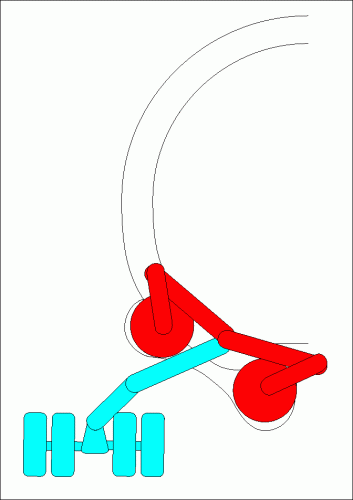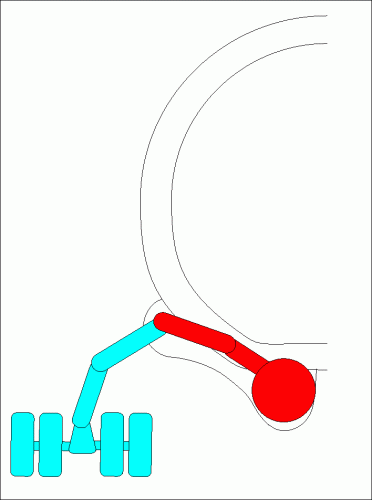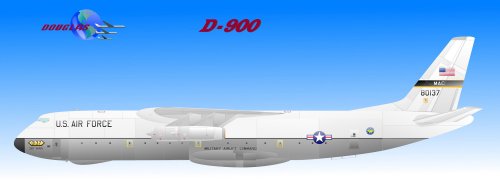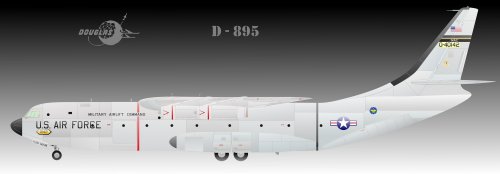- Joined
- 11 March 2006
- Messages
- 8,625
- Reaction score
- 3,808
On the photos of a wooden mock-up of the D-900, some differences are recognisableat least to my opinion. The cockpit glazing is
different, without doubt, I think, with a small row of windows above the main side windows, which have a different shape, too (BTW,
the top view of the general arrangement drawings shows an additional small window above the main windows, too, as in the D-890,
but not the side and front view). Additionally it seems to me, that the nose was somewhat more pointed here and the radome occupied
the whole of the extreme nose and not just its lower part. To be honest, the latter point may be just a delusion, due to the clearly
visible wooden structure of the mock-up.
different, without doubt, I think, with a small row of windows above the main side windows, which have a different shape, too (BTW,
the top view of the general arrangement drawings shows an additional small window above the main windows, too, as in the D-890,
but not the side and front view). Additionally it seems to me, that the nose was somewhat more pointed here and the radome occupied
the whole of the extreme nose and not just its lower part. To be honest, the latter point may be just a delusion, due to the clearly
visible wooden structure of the mock-up.




